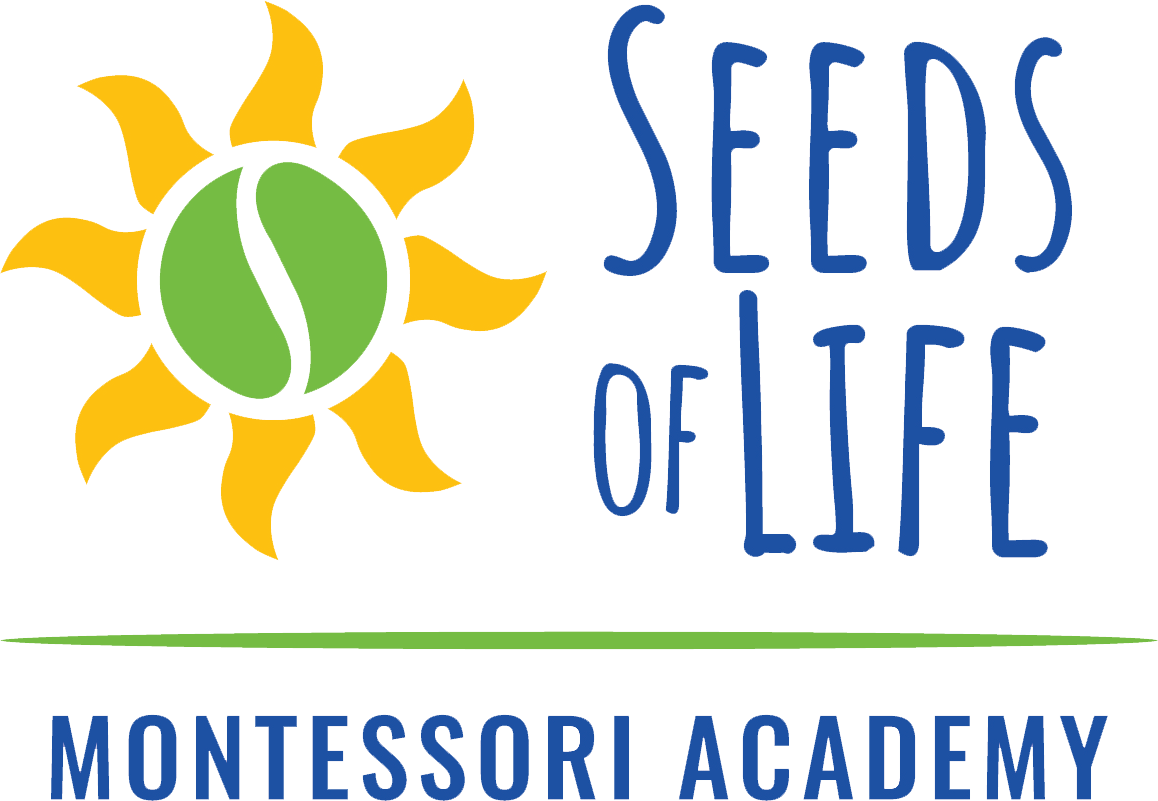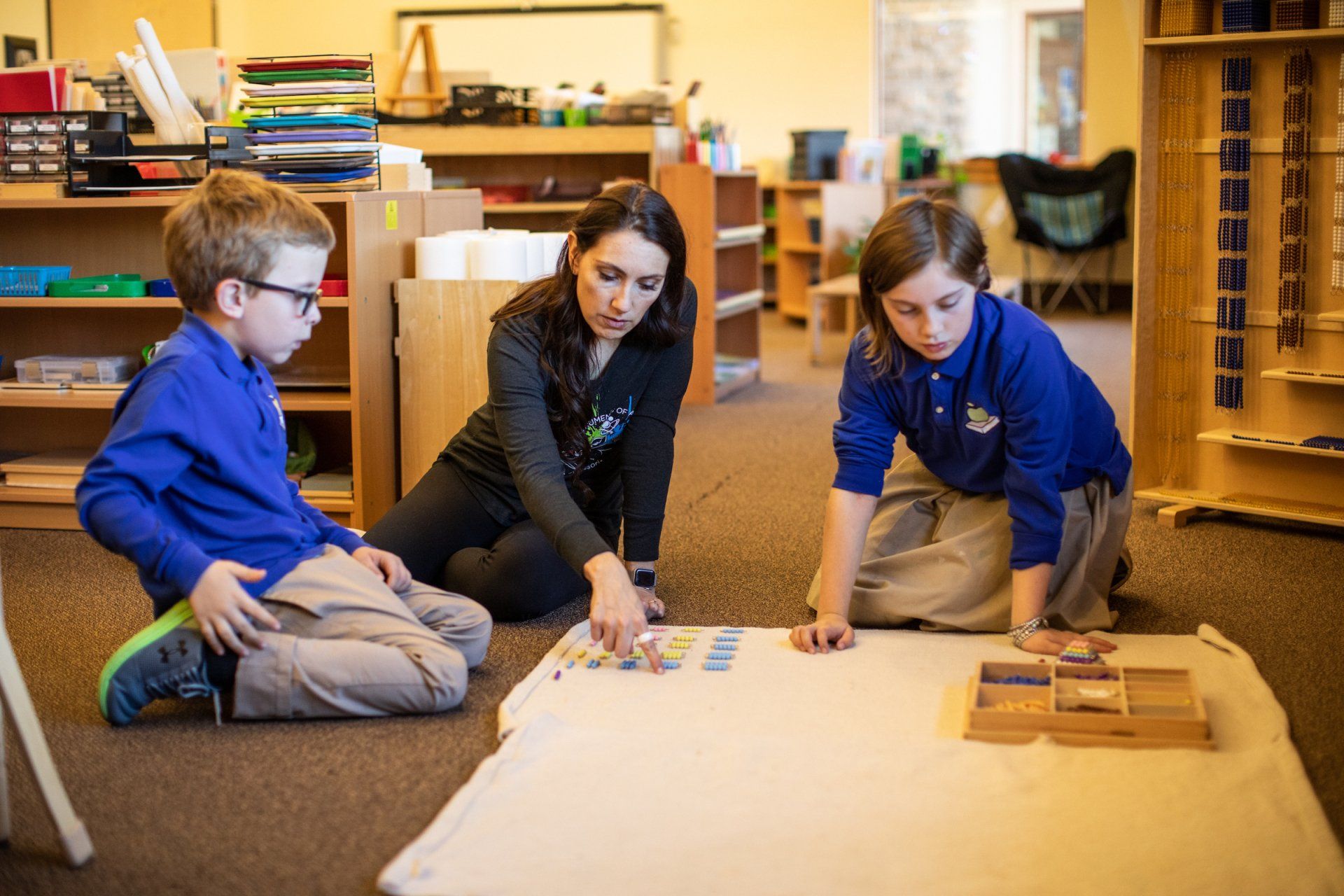
I know this is not a normal time and everyone around the world is trying to adapt and find the best way to cope through our current situation.
Now that we find ourselves working from home and trying to keep our kiddos in a normal routine. But what does NORMAL mean right now?…. Our kids know that this is not normal… they know that there is a lot going on and things are constantly changing. They can feel and experience our worries, fears and the craziness of being #stayhome….
OK, so what can we do? You may still need to work, and finish all the regular things to keep the house running…..except now, those regular household needs and chores are anything but regular.…. Despite these challenges, keeping the routine is really important, especially for our kiddos! If they see us in our “new” normal routines, accomplishing typical tasks in a calm and relaxed way and establishing a plan for the day, they are going to feel safer and not pick up on and experience as much of our fear, worries, and stress.
The calmness of the caregivers will be the buffer to help our kiddos when chaos is all around.
Our energy and tension will be passed on to our kiddos……whether we want it too or not.
OK, now let’s start!!!
First, let’s set up a routine for our kids:
- Create a schedule for the day
- Schedule in their wake up time (depends of the age)
- Breakfast, lunch, snacks….
- Arts and crafts
- Playtime alone
- Playtime with parents
- If they have online classes, put this on the schedule as well
- Naptime (little ones)
- Exercise (IMPORTANT)
- Video games
- Walk
- You can add different things that are appropriate for your home and capabilities
Remember: DO NOT FORGET to schedule Unstructured free playtime!!!
Don’t get crazy about academics, check what the school has planned for your child and add it to the schedule.
If you have younger kids and you want them to be more independent about food, prepare a basket with the food that they can eat during the day, like a banana, an apple, bars, small snacks, etc). Because I have older kids (boys), I set up a rule about food…. WHY? Because being all day home they can “graze” all day and literally eat you out of house and home! This also gives you the ability to have a little more control of making sure the right food is being eaten at the right time to reduce waste and balance their diet a little more.
My rule is:
- Breakfast
- Snack
- Lunch
- Snack
- Dinner
For snacks, I use the breakfast bar and set up bowls or baskets with snack bars, fruits and other snacks that they can eat during the day. But that’s all…..when it’s gone, it’s gone! So they learn some self-control and the principle of saving for later and rationing (its not a bad word, but an important principle) throughout the day.
It sounds crazy, but this makes my life so much easier and keeps my kids in a normal routine.
OF COURSE…. Your schedules have to be flexible….. Flexibility is important!
Expectations are important for our kiddos, when they know what you want and what is expected in specific situations, it will make them feel safer and happier.
These expectations have to be SIMPLE….. don’t make rules and expectations too complicated! And remember…… it needs to be based on your child’s age!
If you want your kiddo to clean up their toys….. Set up the rules about playing and cleaning up before they start…. Teach them how to do it together….. and FOLLOW through!!!
These expectations and routines are really important for your older kids around video games as well!
Be open to revising the list of rules as needed.
What else we can do during this time?
PLAY!….Yes, let’s play more, especially with our kiddos…..
Play is the best neuro-exercise in the world.
The type of play that exercises the nervous system is when we engage with them in their play and follow their lead….. let them choose the topic, they will show you how they need to play and what they need to play with…..
Let them express what they need through their play….. Play is the best therapy for our kiddos during this time…
Young children communicate through play. They are free to express their emotional experiences and feelings.
Through play children learn and develop:
Cognitive skills – like math and problem-solving in a pretend grocery store physical abilities – like balancing blocks and running on the playground new vocabulary – like the words they need to play with toy dinosaurs social skills – like playing together in a pretend car wash literacy skills – like creating a menu for a pretend restaurant
Good luck and try to see this as an opportunity (as much as possible J) to develop a different kind of close and intimate relationship with your children!!! For example, I’m loving the way my oldest son and I have come together in an amazing new way during this experience!
Maria Eva Chaffin

Programs
Connect
Community Resources



